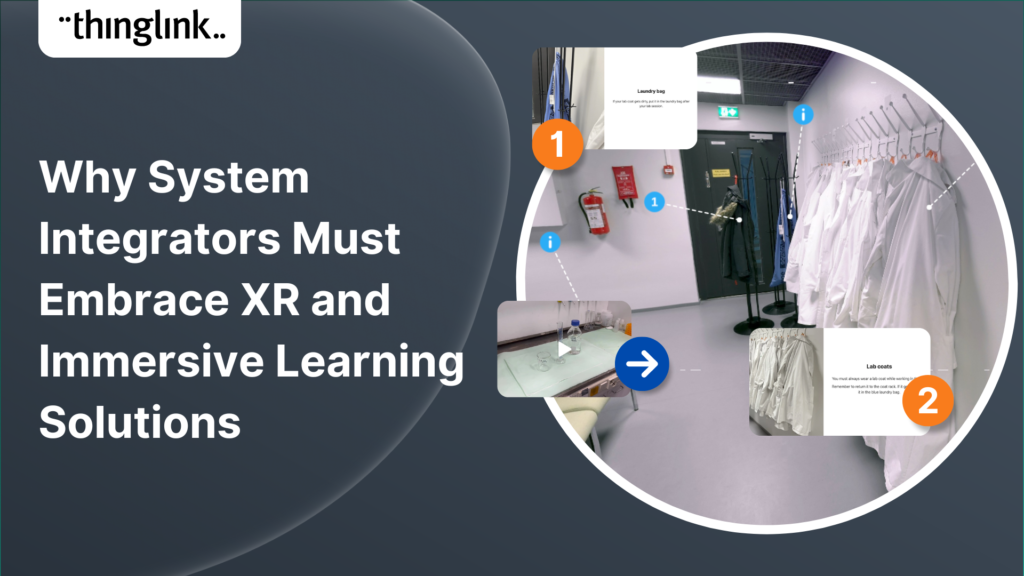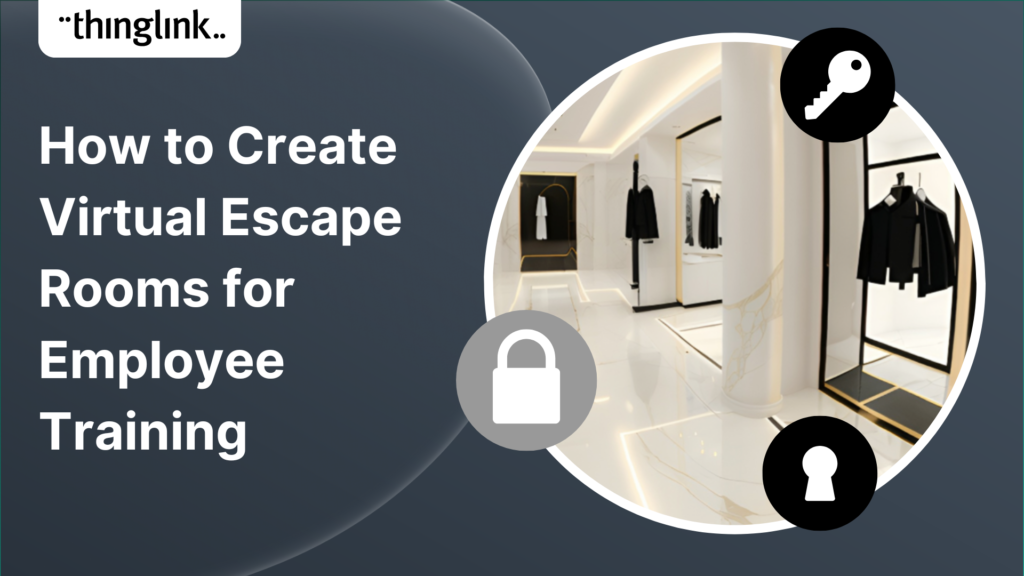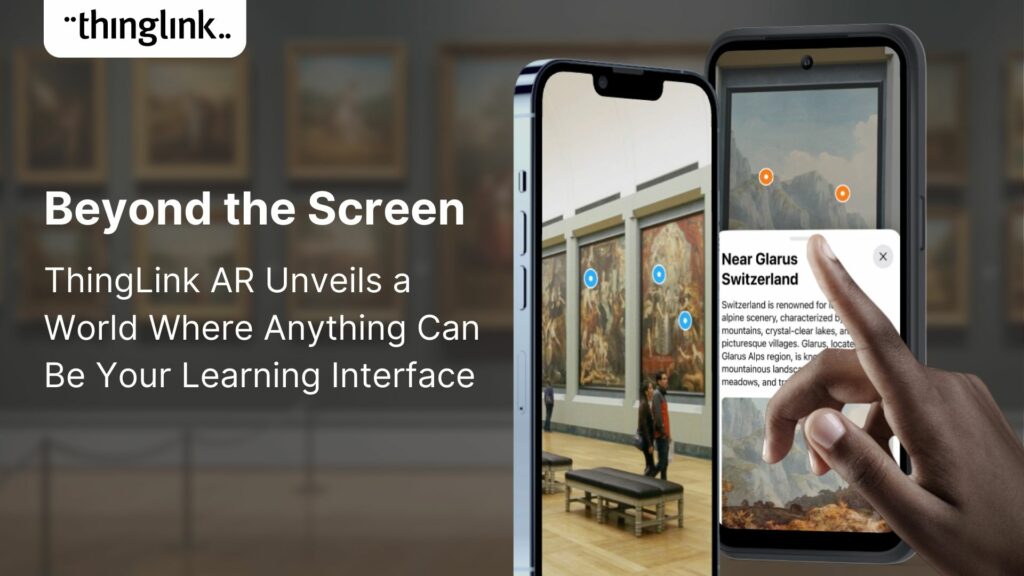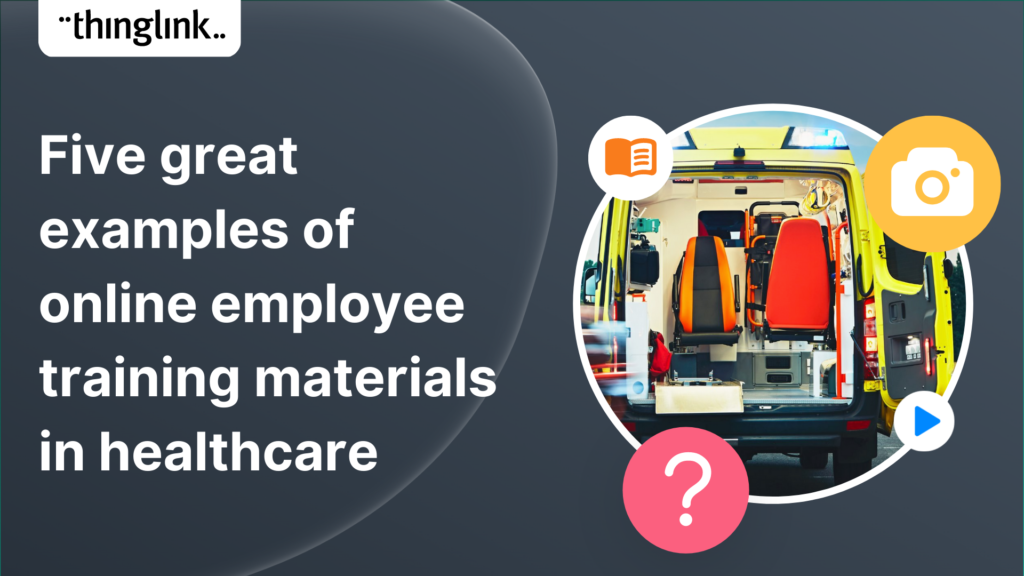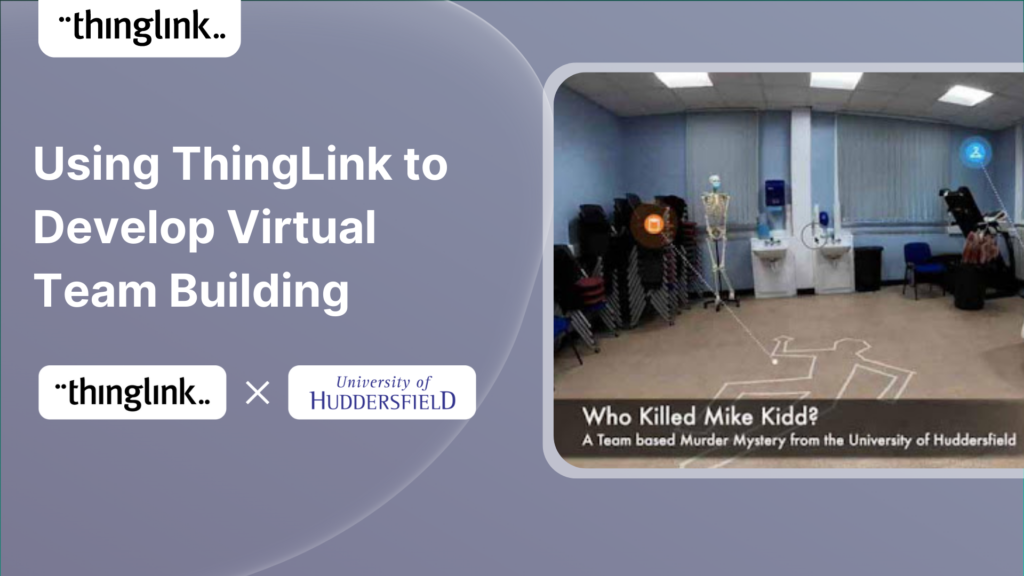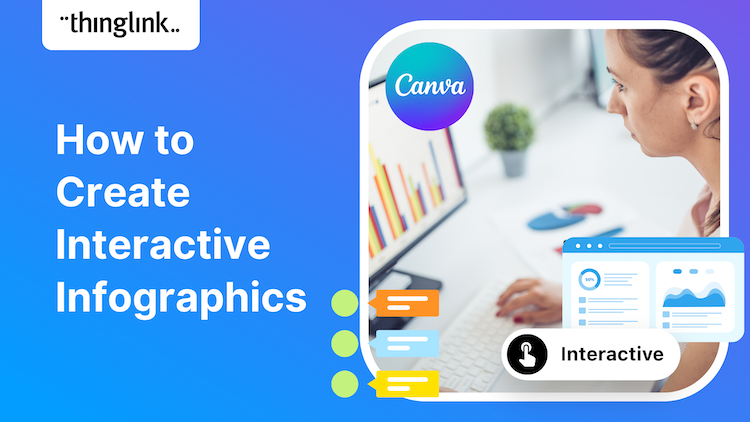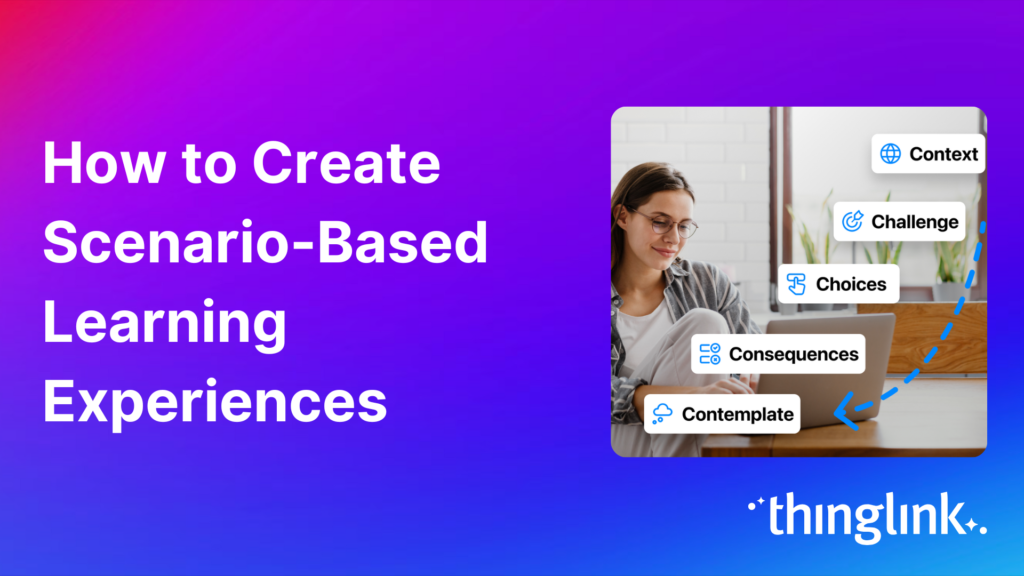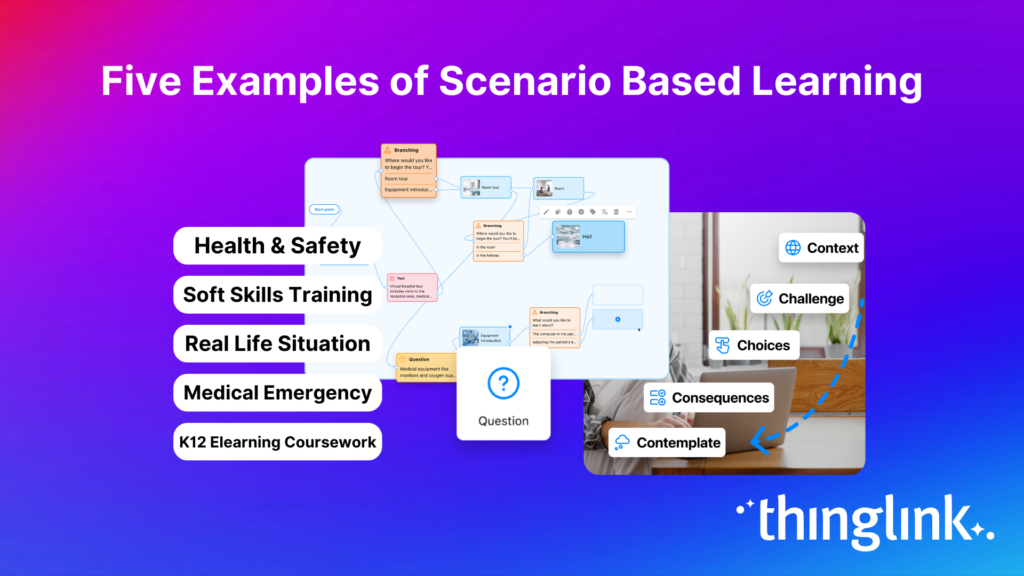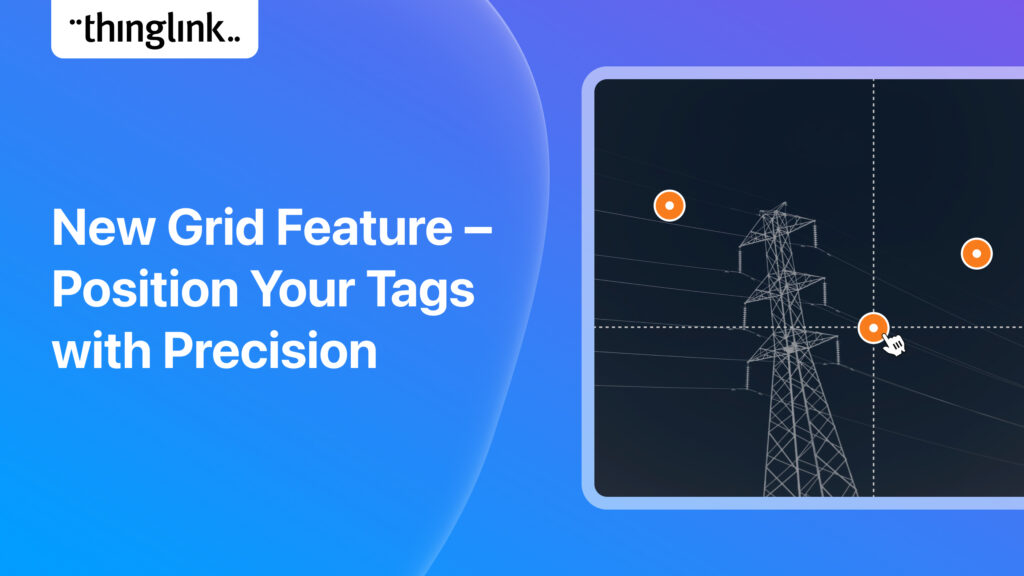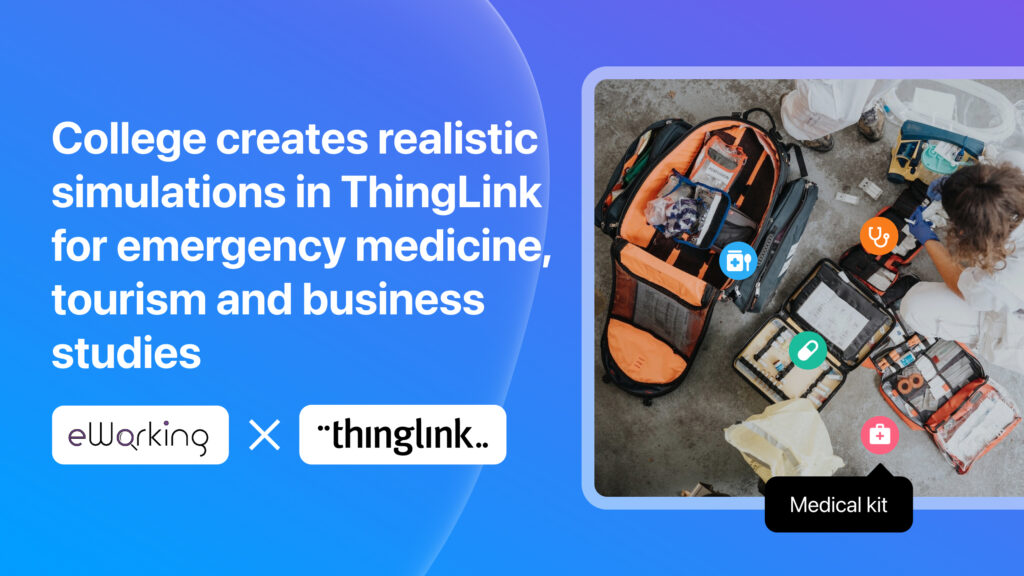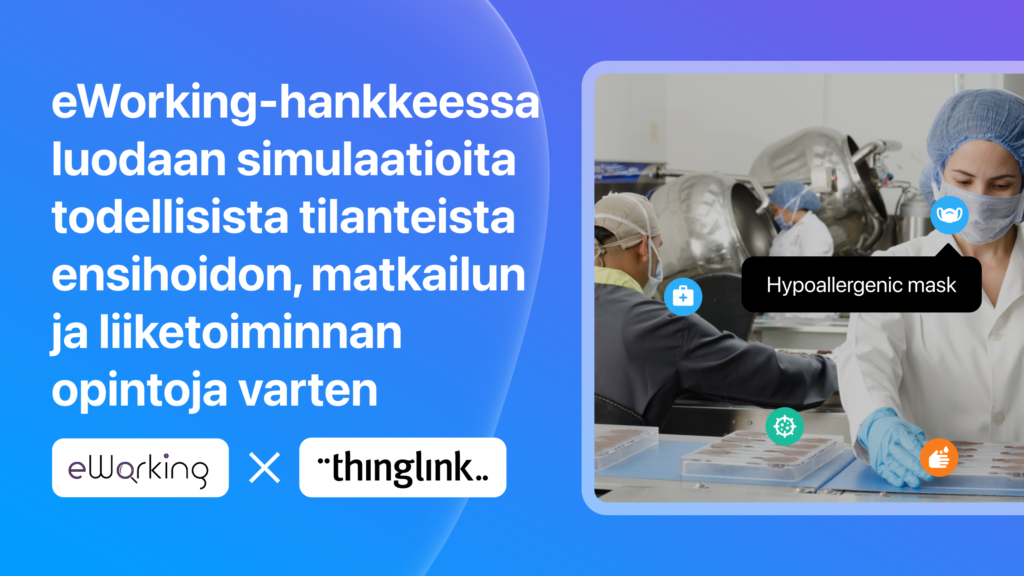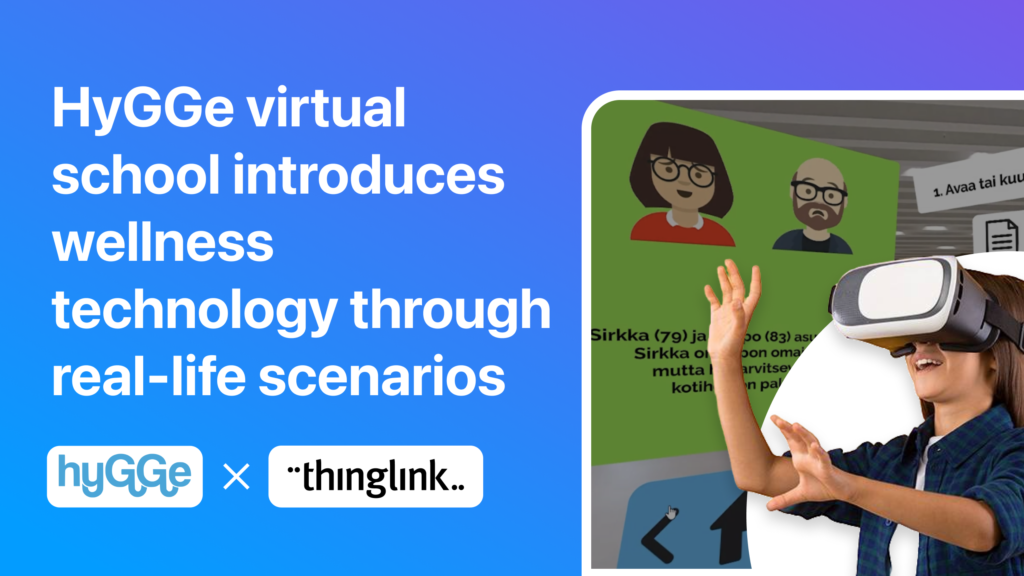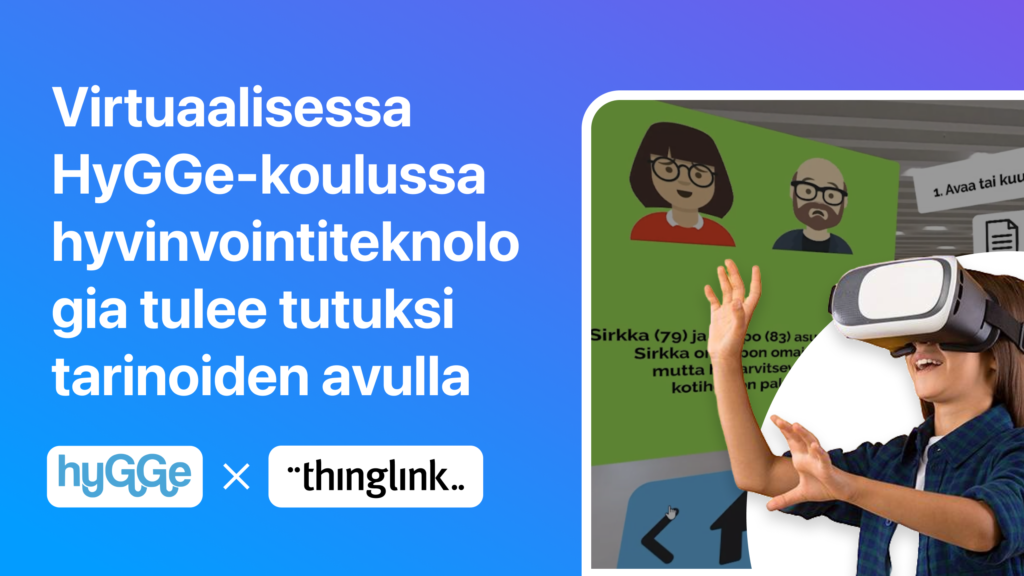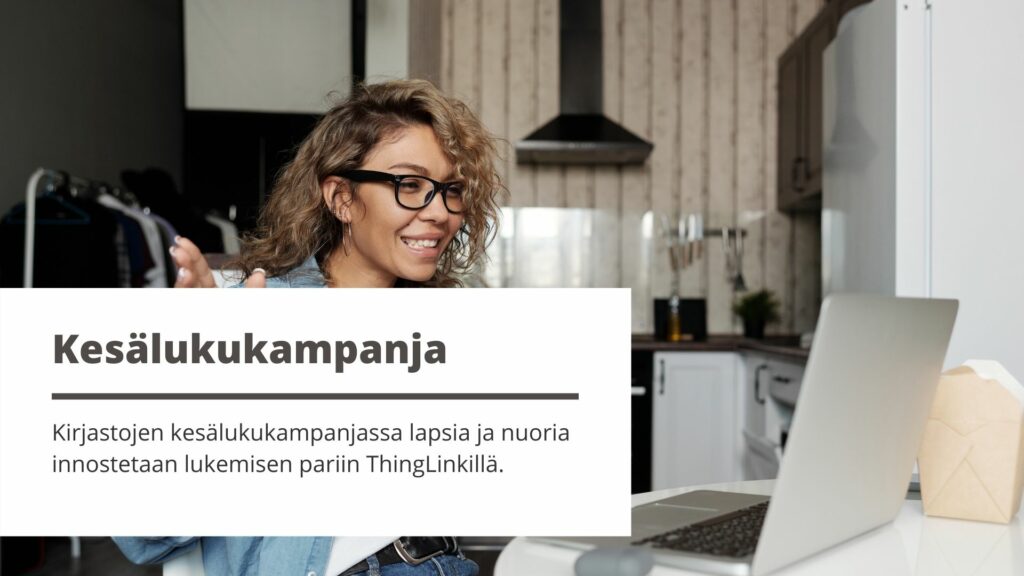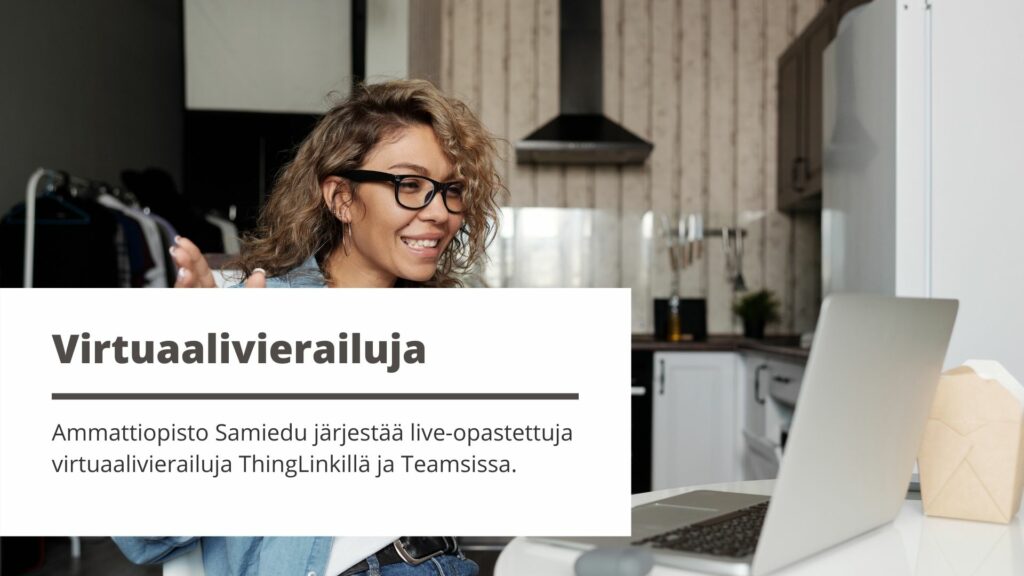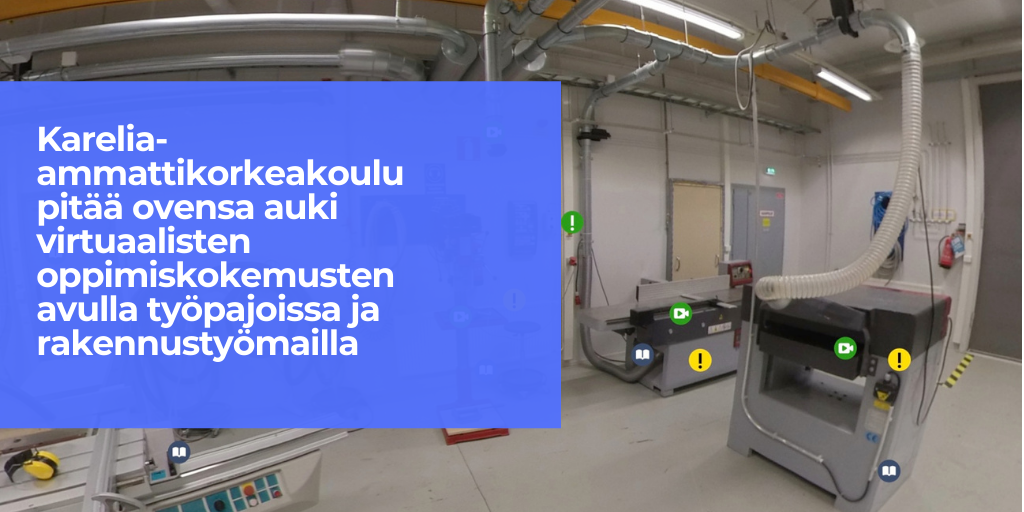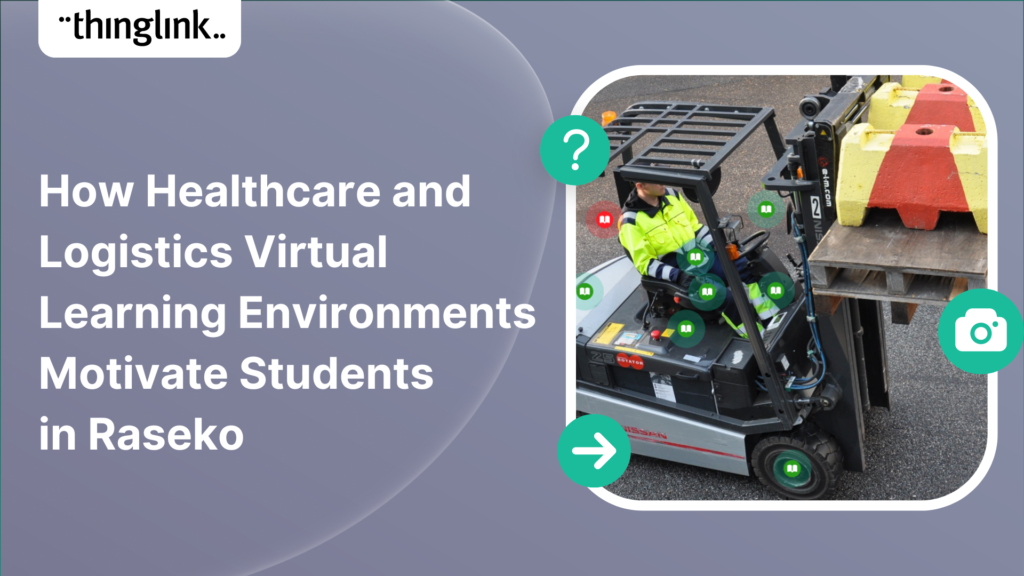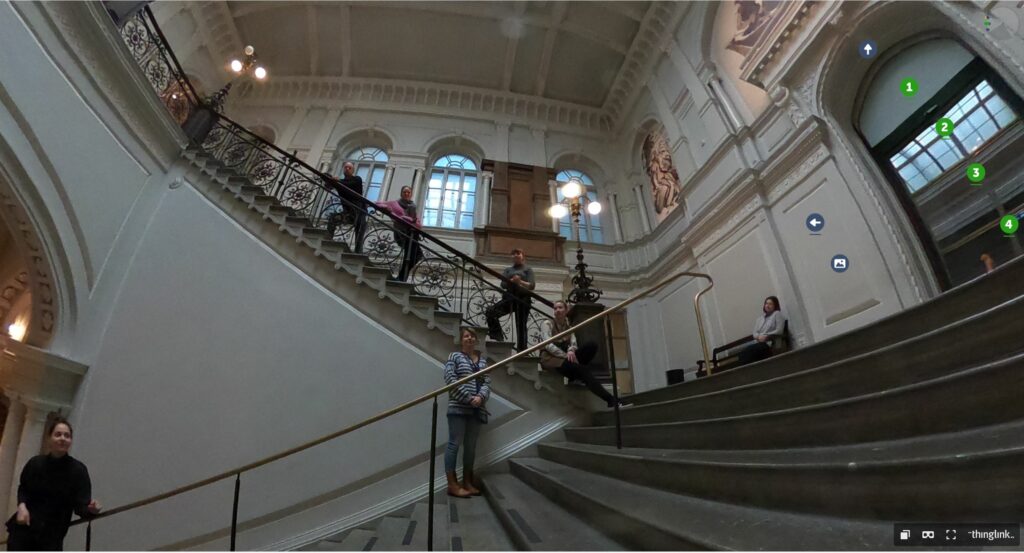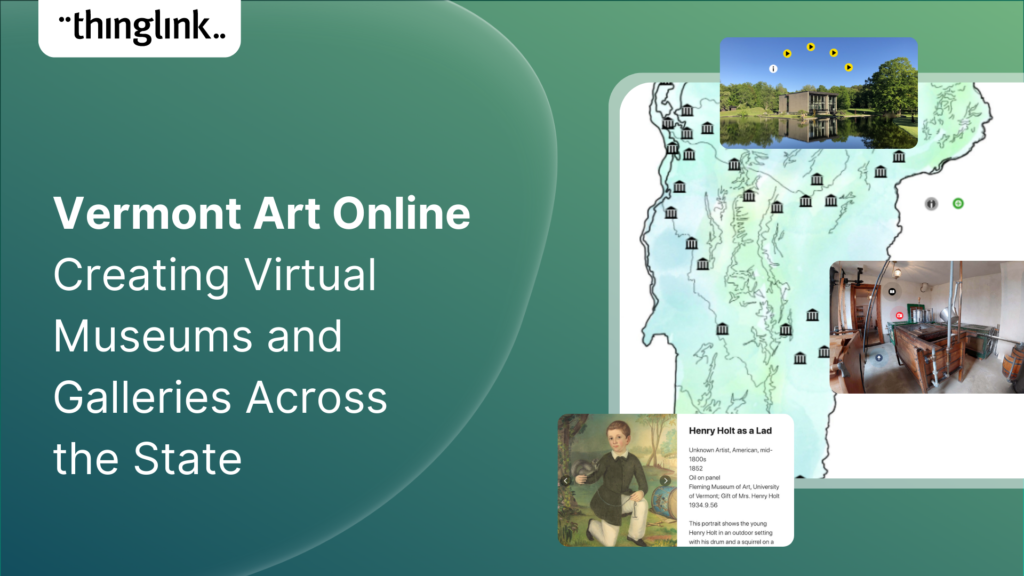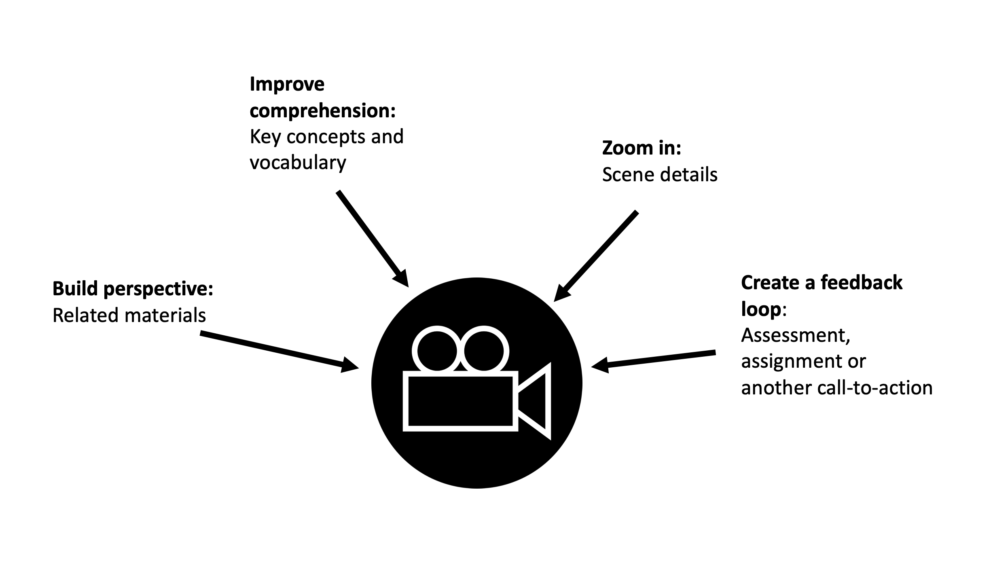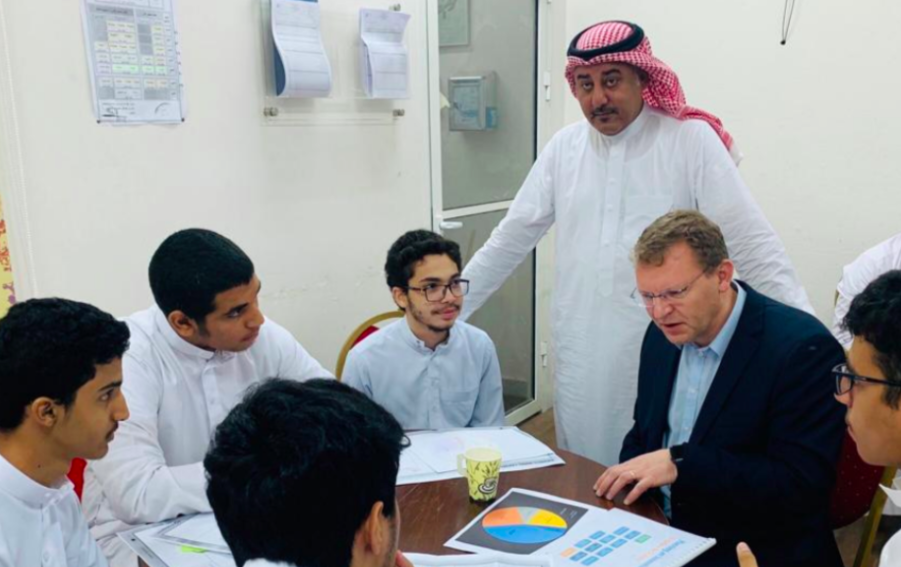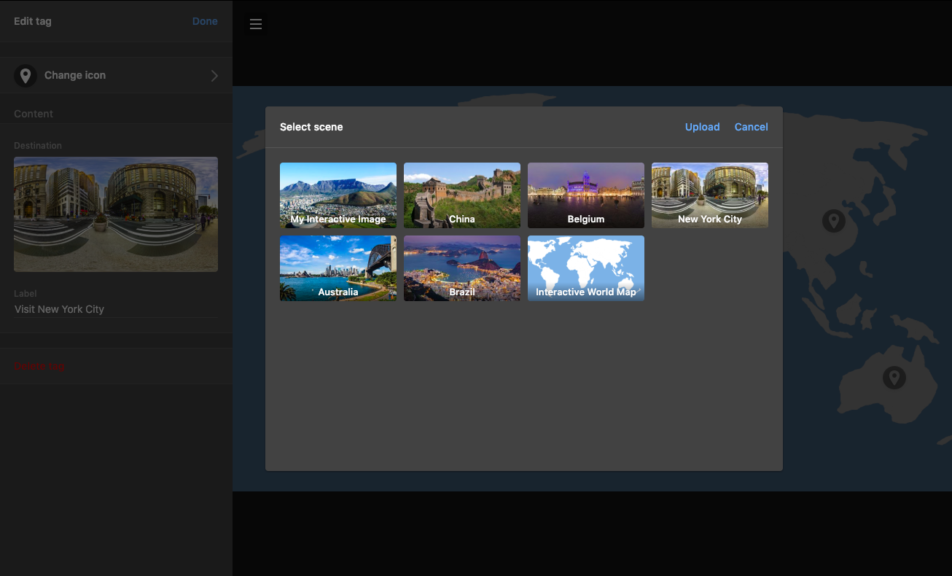
5 Ways to use Interactive 3D Models in Healthcare
As technology continues to advance, virtual reality, augmented reality and 3D models are becoming much more commonplace across all industries, particularly healthcare.
From improving surgical training to creating better treatment plans, there are limitless ways annotated 3D models and interactive media can be used in the healthcare industry. With new easy-to-use technologies, healthcare professionals are able to support and educate patients, improve communication with their teams, teach medical students of all ages and make their working lives easier. Visual media tools such as ThingLink allow professionals to annotate 3D models of body parts and medical scenes creating ‘in context’ experiences.
Book a free consultation
If you’d like to learn more about how your company can save resources and effectively support employees with impactful training, schedule a free call with one of our transformation consultants.
Let’s take a look at 5 different ways to use annotated 3D models and interactive media in the healthcare industry.
1. Effective and efficient patient care
3D models with multimedia annotations can help patients to understand a diagnosis or procedure to better prepare them for their treatment, whether surgery or an ongoing course of treatment.
Having an easy-to-use tool like ThingLink allows you to create interactive 3D models to educate your patients about their specific issues or a detailed overview of what the treatment will involve, in just a few clicks. Helpful information can be presented in an accessible way without the need for specialist software. It can be shared with patients by email or text and viewed at any time on a personal device such as a mobile phone or computer with any modern browser.
2. Teaching tool for professionals at all stages of their careers, from students to interdisciplinary teams
Using annotated 3D models is an engaging way to teach different anatomical and biological structures. To challenge students further and to check learning outcomes, they are able to label and annotate their models themselves. The benefit of using ThingLink in this process is that even students who are learning remotely can access realistic 3D representations without the need to access software on campus. They can also work collaboratively in real-time and in groups. Interactive 3D models can also include questions and they can be embedded into branched scenarios.
Explore a Covid 19 particle in a 360 scene of a real-life testing lab:
3. Plan surgical cases with surgery team – intraoperative planning made simple
Intraoperative planning is one of the most useful applications for annotated 3D models in healthcare. Using annotations allows you to interact with a patient’s actual medical information, providing a more detailed view of what will be undertaken during surgery. Adding annotations to a 3D model can allow physicians to point out specific details – tiny cracks on an artificial hip, for instance—and create virtual overlays that enhance contextual understanding.
Surgical teams can plan together using the same 3D model in real-time or add notes for discussion.
4. Supplement medical scans to help identify issues or to demonstrate to fellow healthcare professionals
A 3D model can be rotated and zoomed in on a specific area. Annotation on a digital model allows healthcare professionals to see issues or aspects of anatomical structures that might be difficult or impossible to see with just x-rays and MRI scans. Because tools like ThingLink feature accessibility and ease of use at their core, it is simple to share hypotheses or specific examples with other professionals in the field – for a second opinion or to demonstrate an atypical or textbook case.
5. Improving outpatient and follow up care
Healthcare professionals can use 3D modeling to demonstrate changes and improvements in conditions as treatment progresses, directly comparing one 3D model to another. Personalized messages and detailed notes can be added throughout. Physiotherapists and occupational therapists could add reminders of specific exercises with personalized audio, placing tags on anatomical 3D models to show where the effect will be targeted. Tags could contain links to videos of the exercise being completed in good form.
In conclusion
Virtual reality, augmented reality, scenario-based eLearning, and 3D models are becoming much more commonplace across all industries, particularly healthcare.
ThingLink is a tool that makes annotating medical images, videos and 3D models easy to create and share among patients, staff and students. Medical professionals can enhance 3D models with informational tags, including text and voice notes, video embeds, links and questions, and share them on websites, LMS, social media, and Microsoft Teams by embedding them.
ThingLink Free Trial
To see just how easy it is to create interactive content with ThingLink, why not try a free trial?


